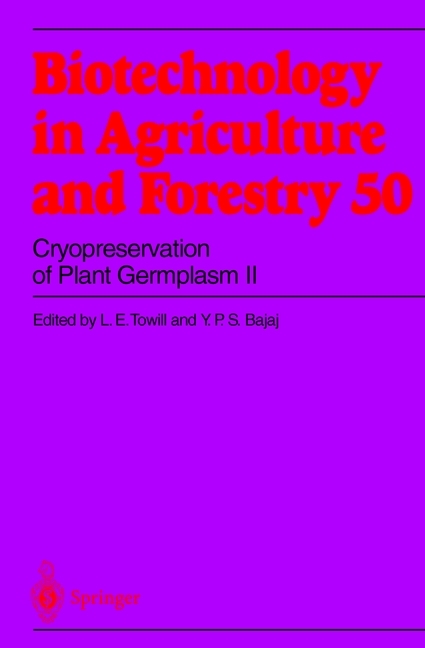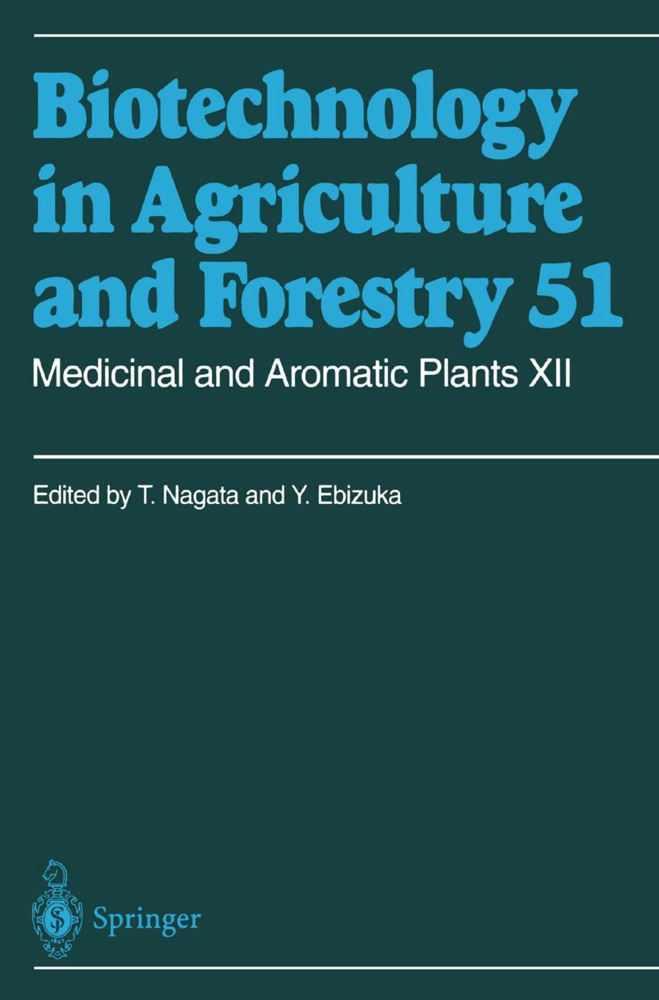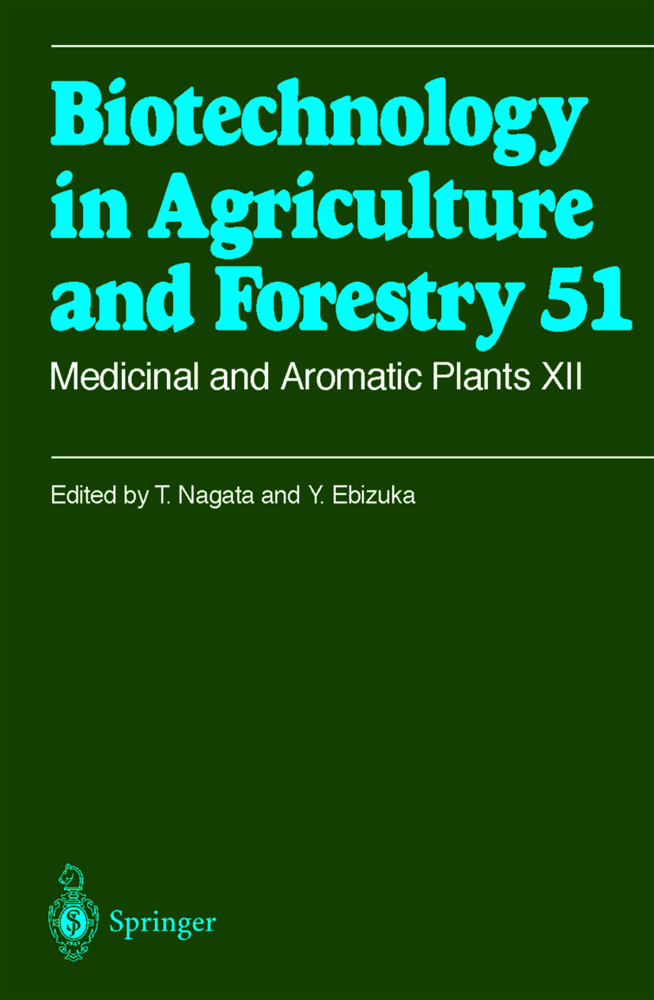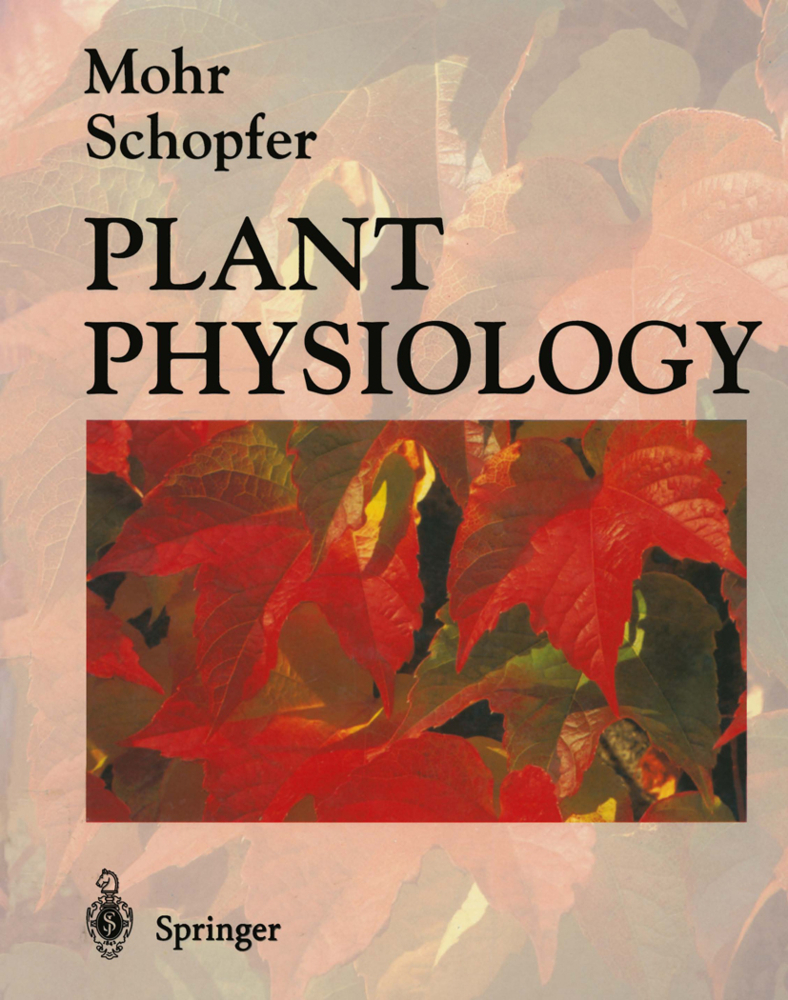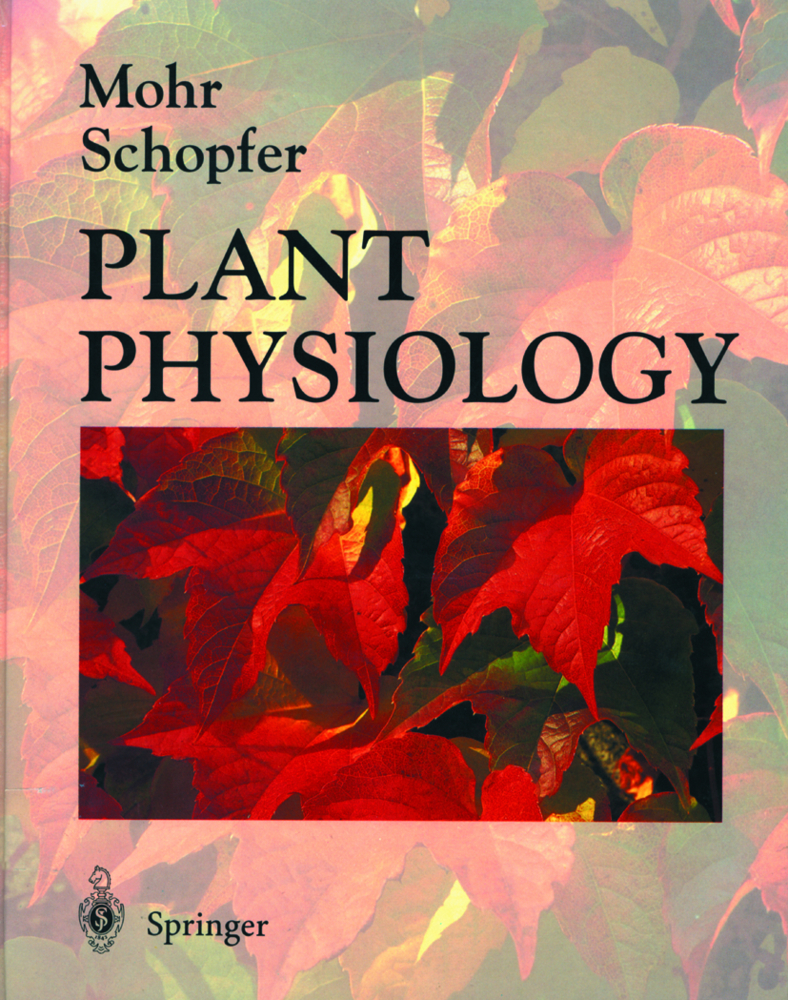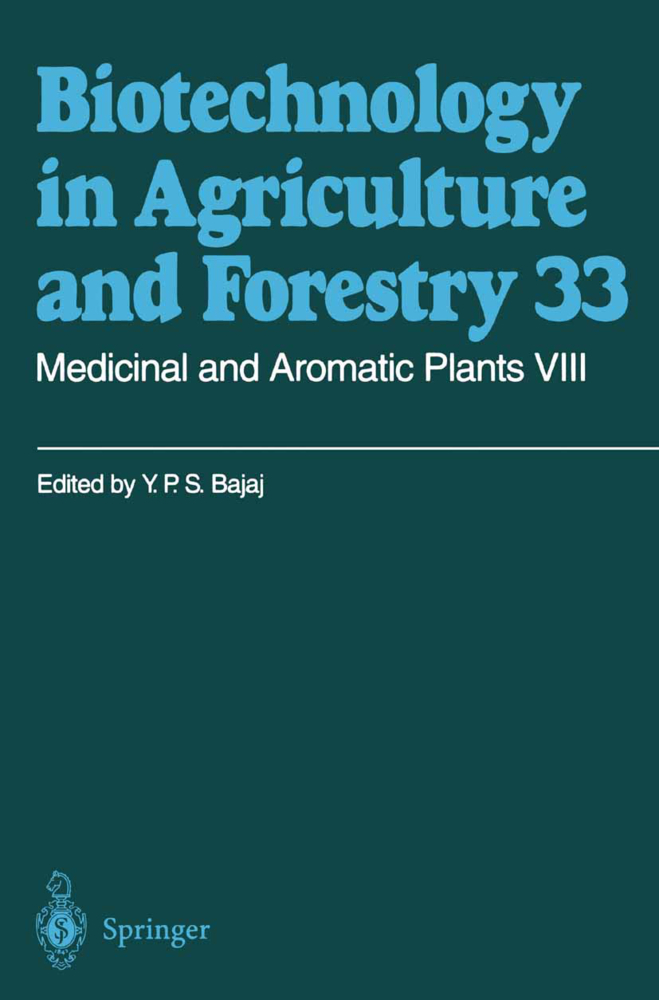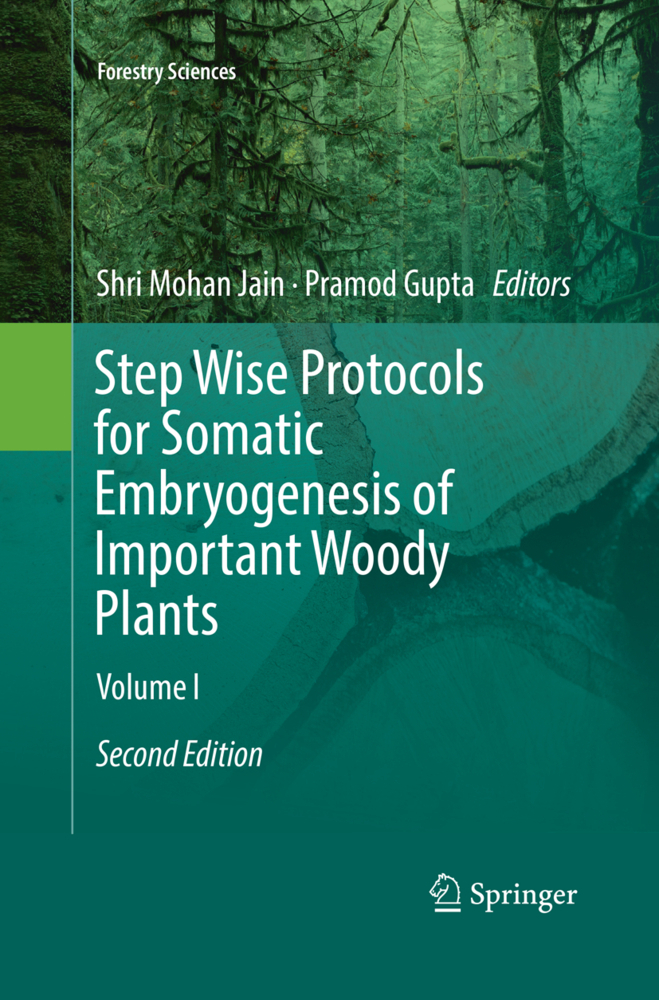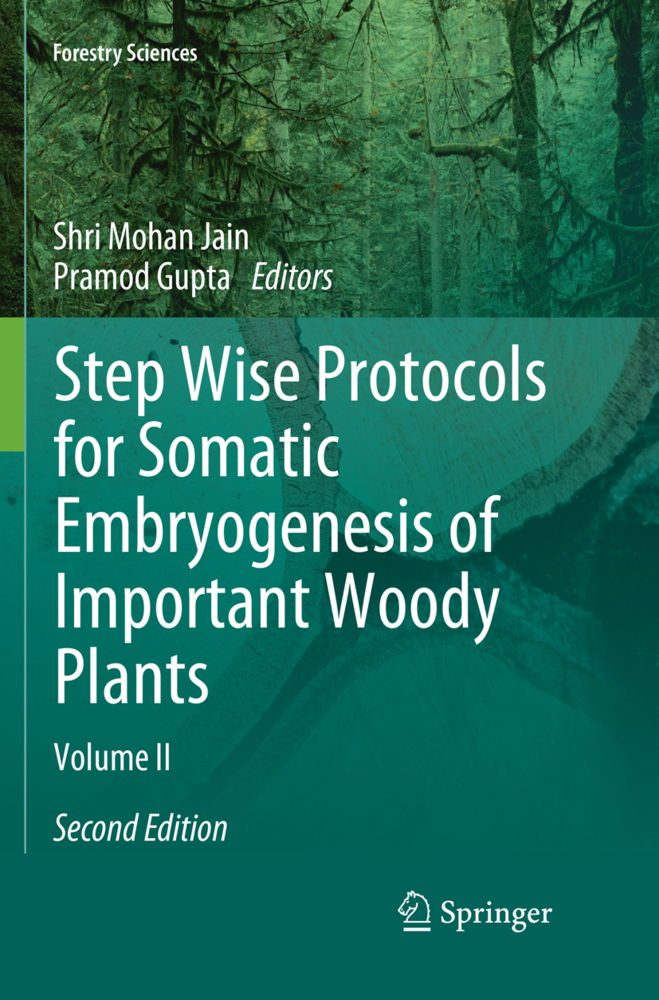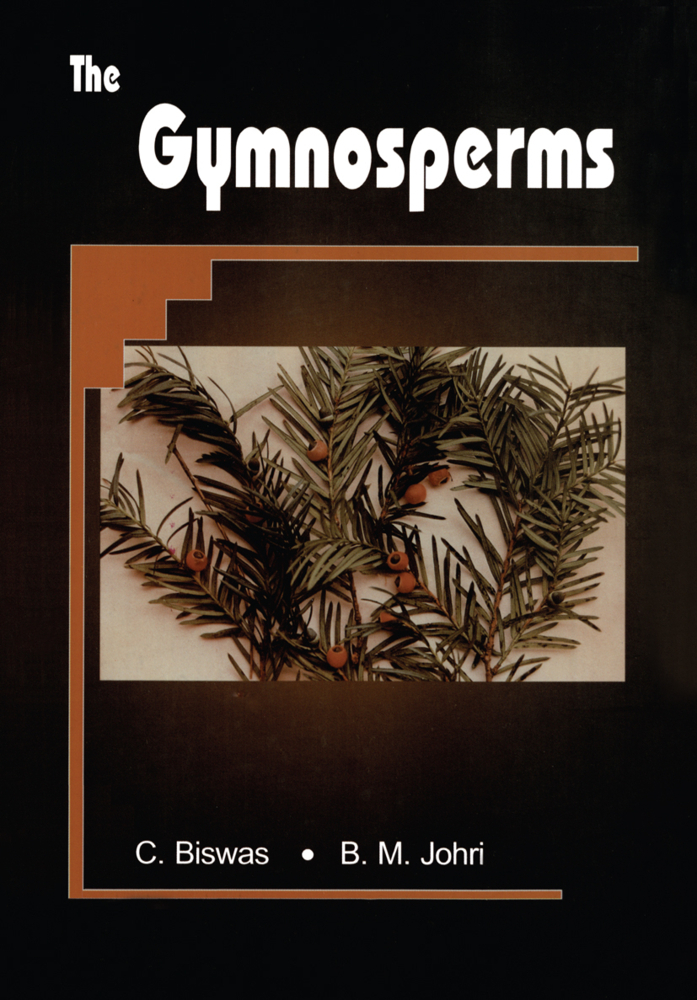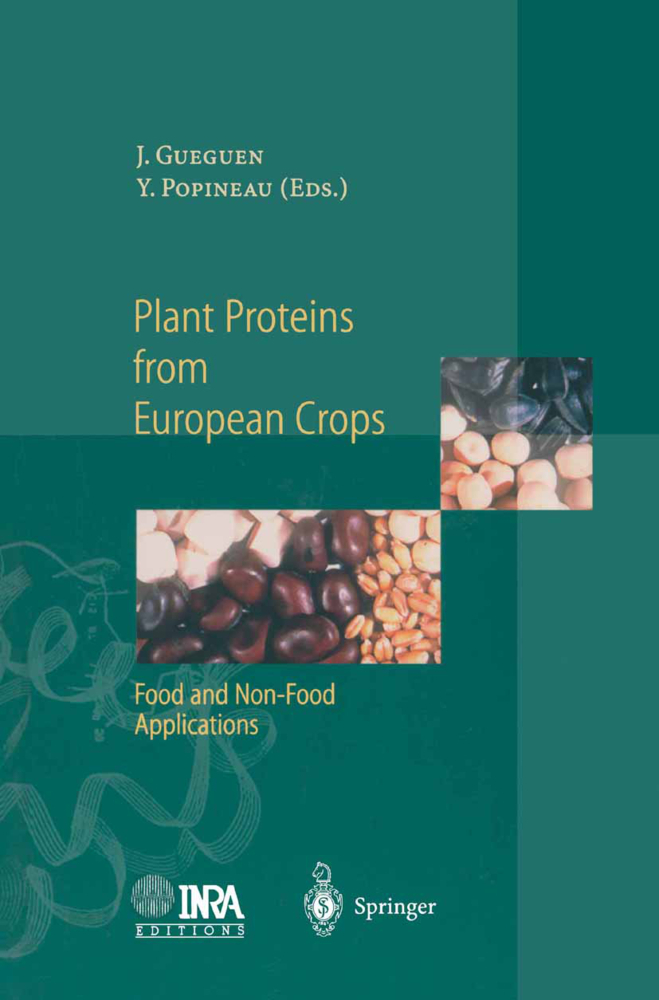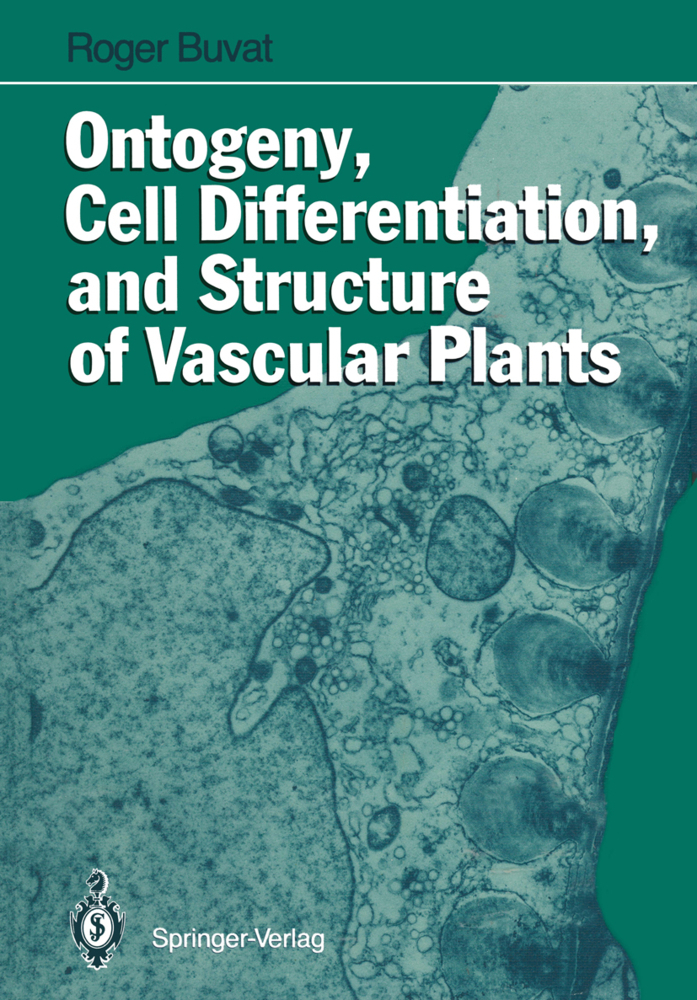Cryopreservation of Plant Germplasm II
Cryopreservation of Plant Germplasm II
Ex situ preservation of germplasm for higher plant species has been accom plished using either seeds or clones, but storage of these under typical condi tions does not provide the extreme longevities that are needed to minimize risk of loss. Costs of maintenance and regeneration of stocks are also high. Systems that provide virtually indefinite storage should supplement existing methods and it is within this context that cryopreservation is presented. The use of low temperature preservation was initially more a concern of medicine and animal breeding, and was expanded to plants in the 1970s. Sur vival after cryogenic exposure has now been demonstrated for diverse plant groups including algae, bryophytes, fungi and higher plants. If survival is com monplace, then the eventual application is a cryopreservation system, whereby cells, tissues and organs are held indefinitely for use, often in the unforeseen future. The increasing interest and capabilities for application could not haveoccurred at a more opportune time since expanding human populations have placed unprecedented pressures on plant diversity. This book emphasizes cry opreservation of higher plants and was initially driven by the concern for loss of diversity in crops and the recognized need that this diversity would be essential for continued improvement of the many plants used by society for food, health and shelter. The interest in cryopreservation has been expanded by conservationists and their concerns for retaining, as much as possible, the diversity of natural populations. The need for cryopreservation, thus, is well established.
I.2 Implementing Cryopreservation for Long-Term Germplasm Preservation in Vegetatively Propagated Species
Section II Herbaceous Species
II.1 Cryopreservation of Allium sativum L. (Garlic)
II.2 Cryopreservation of Apium graveolens L. (Celery) Seeds
II.3 Cryopreservation of Armoracia rusticana P. Gaert., B. Mey. et Scherb. (Horseradish) Hairy Root Cultures
II.4 Cryopreservation of Chamomilla recutita L. Rauschert (Chamomie) Callus
II.5 Cryopreservation of Cichorium intybus L. var foliosum (Chicory)
II.6 Cryopreservation of Colocasia esculenta L. Schott (Taro)
II.7 Cryopreservation of Hordeum (Barley)
II.8 Cryopreservation of Humulus lupulus L. (Hop)
II.9 Cryopreservation of Mentha (Mint)
II.10 Cryopreservation of Panax (Ginseng)
II.11 Cryopreservation of In Vitro Grown Apical Shoot Tips of Wasabia japonica (Wasabi) by Different Procedures.-Section III Woody Species
III.1 Cryopreservation of Somatic Embryos from Aesculus hippocastanum L. (Horse chestnut)
III.2 Cryopreservation of Azadirachta indica A. Juss. (Neem) Seeds
III.3 Cryopreservation of Coffee (Coffee)
III.4 Cryopreservation of Eucalyptus spp. Shoot Tips by the Encapsulation-Dehydration Procedure
III.5 Cryopreservation of Guazuma crinita Mart. (Guazuma)
III.6 Cryopreservation of Olea europaea L. (Olive)
III.7 Cryopreservation of Populus (Poplar) Species
III.8 Cryopreservation of Prunus
III.9 Cryopreservation of Quercus (Oak) Species
III.10 Cryopreservation of Ribes
III.11 Cryopreservation of Rose (Rose)
Section IV Australian Species
IV.1 Cryostorage of Somatic Tissue of Endangered Australian Species
IV.2 Cryopreservation of Australian Species - The Role of Plant Growth Regulators.
Section I Cryopreservation of Plant Germplasm
I.1 Cryopreservation of Plant Germplasm: Introduction and Some ObservationsI.2 Implementing Cryopreservation for Long-Term Germplasm Preservation in Vegetatively Propagated Species
Section II Herbaceous Species
II.1 Cryopreservation of Allium sativum L. (Garlic)
II.2 Cryopreservation of Apium graveolens L. (Celery) Seeds
II.3 Cryopreservation of Armoracia rusticana P. Gaert., B. Mey. et Scherb. (Horseradish) Hairy Root Cultures
II.4 Cryopreservation of Chamomilla recutita L. Rauschert (Chamomie) Callus
II.5 Cryopreservation of Cichorium intybus L. var foliosum (Chicory)
II.6 Cryopreservation of Colocasia esculenta L. Schott (Taro)
II.7 Cryopreservation of Hordeum (Barley)
II.8 Cryopreservation of Humulus lupulus L. (Hop)
II.9 Cryopreservation of Mentha (Mint)
II.10 Cryopreservation of Panax (Ginseng)
II.11 Cryopreservation of In Vitro Grown Apical Shoot Tips of Wasabia japonica (Wasabi) by Different Procedures.-Section III Woody Species
III.1 Cryopreservation of Somatic Embryos from Aesculus hippocastanum L. (Horse chestnut)
III.2 Cryopreservation of Azadirachta indica A. Juss. (Neem) Seeds
III.3 Cryopreservation of Coffee (Coffee)
III.4 Cryopreservation of Eucalyptus spp. Shoot Tips by the Encapsulation-Dehydration Procedure
III.5 Cryopreservation of Guazuma crinita Mart. (Guazuma)
III.6 Cryopreservation of Olea europaea L. (Olive)
III.7 Cryopreservation of Populus (Poplar) Species
III.8 Cryopreservation of Prunus
III.9 Cryopreservation of Quercus (Oak) Species
III.10 Cryopreservation of Ribes
III.11 Cryopreservation of Rose (Rose)
Section IV Australian Species
IV.1 Cryostorage of Somatic Tissue of Endangered Australian Species
IV.2 Cryopreservation of Australian Species - The Role of Plant Growth Regulators.
Towill, L.E.
Bajaj, Yashpal P. S.
| ISBN | 978-3-642-07502-5 |
|---|---|
| Artikelnummer | 9783642075025 |
| Medientyp | Buch |
| Copyrightjahr | 2010 |
| Verlag | Springer, Berlin |
| Umfang | XVI, 396 Seiten |
| Abbildungen | XVI, 396 p. |
| Sprache | Englisch |

